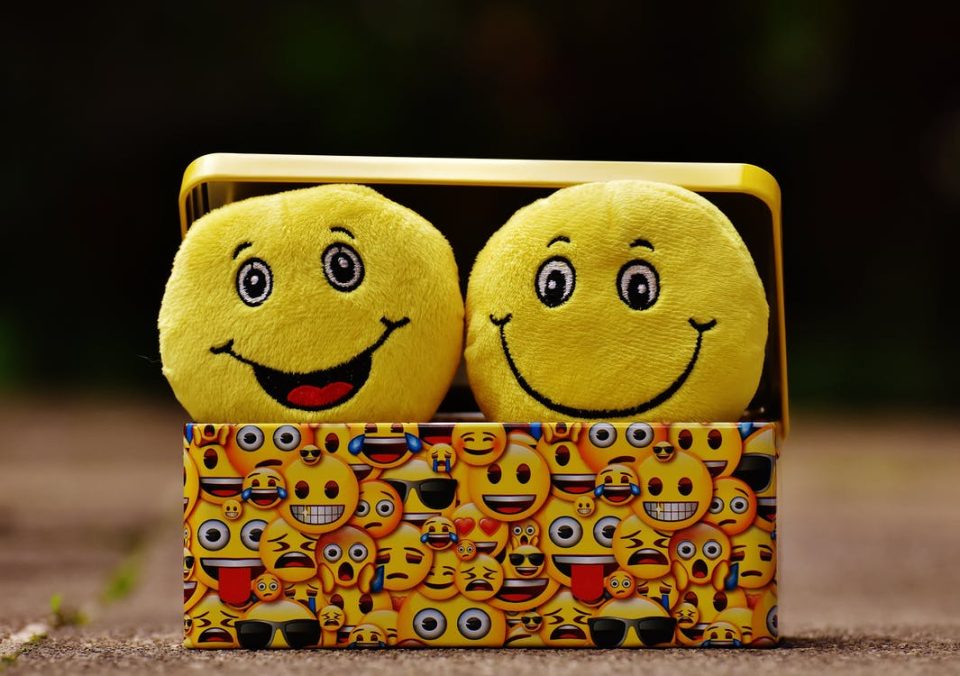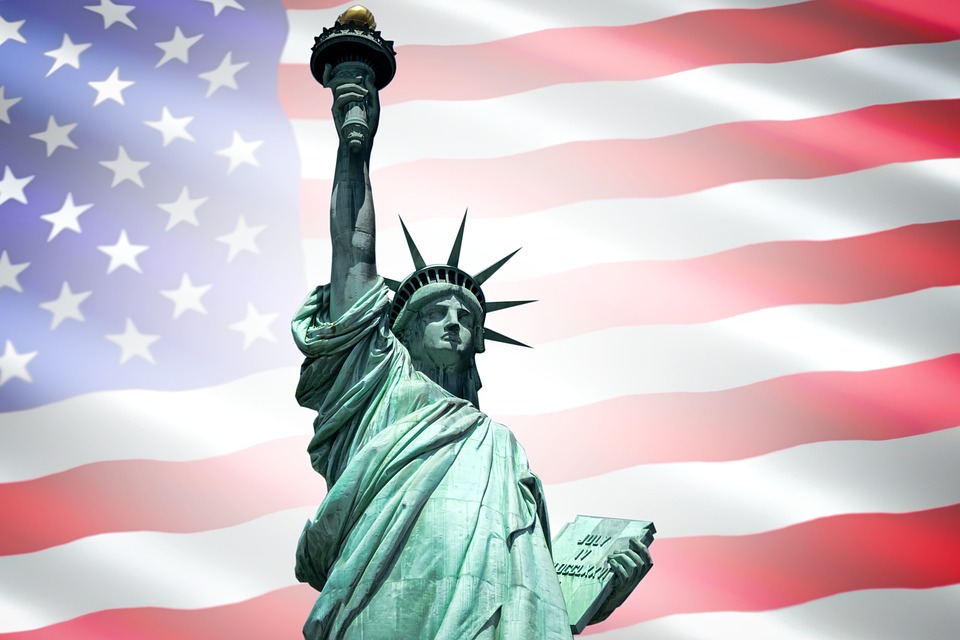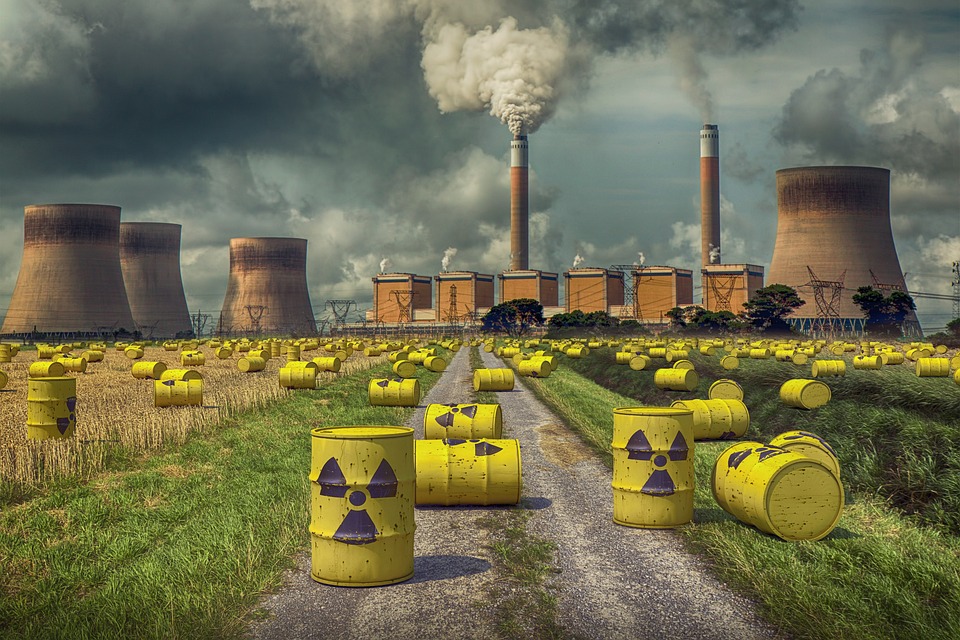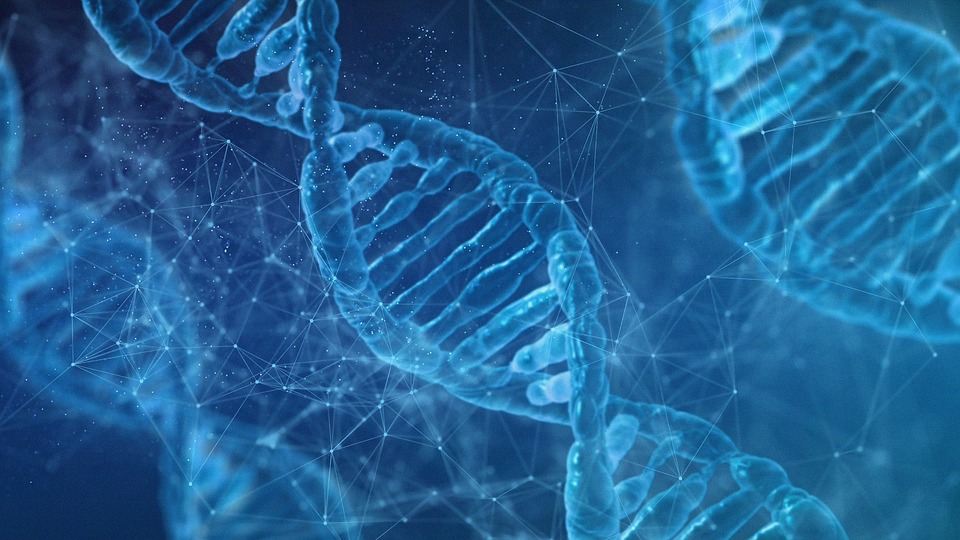
Dragons have a long and fascinating history in human culture, appearing in mythologies, legends, and stories from various cultures around the world. The symbol of a dragon is often associated with power, strength, and wisdom, and their depictions in modern media and popular culture have evolved over time. In this essay, we will explore how the representation of dragons has changed in modern media and popular culture and the reasons behind these changes.
In ancient times, dragons were often portrayed as fierce, fire-breathing creatures that were associated with chaos, destruction, and evil. In Chinese mythology, the dragon was a symbol of imperial power, and emperors often used dragon imagery to represent themselves. The Chinese dragon was also a symbol of good fortune and was associated with rain and water, which were essential for agriculture.
In medieval Europe, dragons were often depicted as fearsome monsters that needed to be slain by brave knights. These dragons were usually depicted with wings, sharp teeth, and fiery breath, and they were often hoarding treasure or guarding a princess in a tower. In this context, the dragon symbolized the forces of chaos and evil that threatened to disrupt the established order of society.

As time passed, the depiction of dragons began to change. In the late 19th century, dragons began to appear in works of fiction, such as J.R.R. Tolkien’s “The Hobbit” and “The Lord of the Rings” series. In these works, dragons were often portrayed as intelligent beings with complex personalities, rather than mindless beasts to be slain. This shift in representation allowed for a more nuanced view of dragons and their place in stories.
In the 20th century, dragons became increasingly popular in popular culture, appearing in films, television shows, and video games. The depiction of dragons in these media was often influenced by the earlier representations in literature and mythology, but there were also new and innovative interpretations of the dragon symbol.
One of the most significant changes in the representation of dragons in modern media and popular culture is the shift away from portraying dragons as villains or monsters. In recent years, dragons have been depicted as allies, companions, and even protagonists. In the “How to Train Your Dragon” series, for example, dragons are portrayed as loyal friends to the human characters, and the story centers around the relationship between humans and dragons. This shift in representation reflects a more positive view of dragons, as creatures that can be beneficial and helpful rather than destructive and dangerous.
Another change in the representation of dragons in modern media is the increasing diversity of dragon depictions. In the past, dragons were typically portrayed as Western dragons, with wings and a reptilian appearance. However, in recent years, dragons from other cultures, such as the Chinese dragon, have become more prevalent. This shift reflects a greater awareness and appreciation of cultural diversity, and it allows for a wider range of interpretations of the dragon symbol.
![]()
The role of dragons in modern media has also expanded beyond traditional storytelling media. Dragons have become a popular subject in video games, appearing in games like “Skyrim,” “World of Warcraft,” and “Dragon Age.” In these games, players can interact with dragons in various ways, such as fighting them, taming them, or even becoming a dragon themselves. This shift in representation reflects the growing popularity of video games as a storytelling medium and the unique opportunities they offer for exploring the dragon symbol.
In conclusion, the representation of dragons in modern media and popular culture has undergone significant changes over time. From their origins as symbols of chaos and evil to their modern depictions as loyal companions and protagonists, dragons have evolved to reflect changing societal values and cultural diversity. The representation of dragons in modern media continues to evolve, and it will be interesting to see how this symbol continues to be interpreted and reimagined in the future.

Another aspect of the changing representation of dragons in modern media and popular culture is the incorporation of science fiction elements into their portrayal. For instance, in the popular television series “Game of Thrones,” the dragons are depicted as living creatures that can be tamed and trained like other animals. However, they are also portrayed as possessing an extraordinary level of intelligence and strength, and their ability to breathe fire is explained as a biological trait rather than magic. This combination of traditional dragon mythology and science fiction elements reflects the increasing popularity of science fiction in modern media.
Moreover, the representation of dragons in modern media has also evolved to include various forms of art. In recent years, there has been a surge of dragon-themed artwork, ranging from digital art to traditional paintings and sculptures. These artworks often depict dragons in a variety of styles and settings, from realistic depictions to abstract interpretations. The increasing popularity of dragon-themed art reflects the enduring fascination and appeal of the dragon symbol in modern culture.
In addition, dragons have become a popular subject in cosplay and other forms of fan culture. Fans of popular media, such as “Game of Thrones,” often create elaborate dragon-themed costumes and other accessories to express their love for the series and the dragon symbol. This phenomenon reflects the growing importance of fan culture in modern media and the role that dragons play in connecting fans to their favorite stories and characters.
Overall, the representation of dragons in modern media and popular culture has undergone significant changes over time. From their origins as symbols of chaos and evil to their modern depictions as loyal companions and protagonists, dragons have evolved to reflect changing societal values, cultural diversity, and the incorporation of science fiction elements. As the dragon symbol continues to capture the imagination of audiences around the world, it is likely that its representation in modern media and popular culture will continue to evolve and expand in new and exciting ways.







